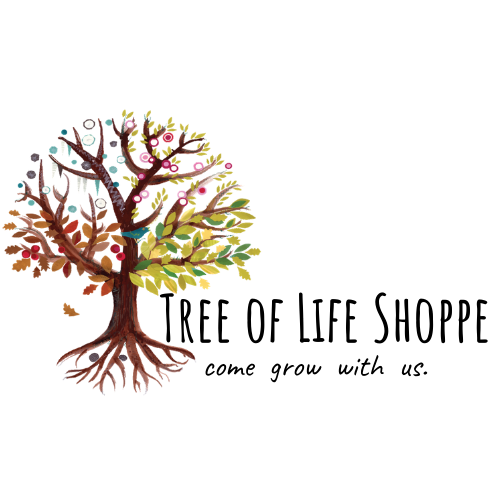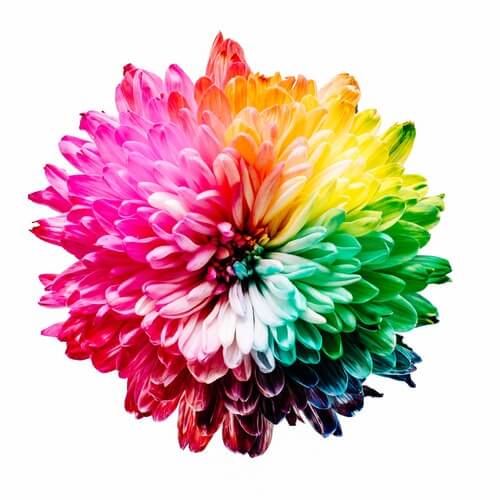As most of you know, color is light and energy. Color is visible because it reflects, bends, and refracts through all kinds of particles, molecules and objects. There are a variety of wavelengths that light can be categorized, producing different types of light. Visible wavelengths fall approximately in the 390 to 750 nanometre range and is known as the visible spectrum. Other wavelengths and frequencies are associated with non-visible light such as x-rays & ultraviolet rays. Most people are aware of the effects of non-visible light, so it makes sense that visible light would also affect us.
One example of the way light can affect us is a mild form of depression known as Seasonal Affective Disorder (SAD), which causes many people suffering during winters.

An Introduction to Color Therapy
Color therapy and healing (also known as chromotherapy or light therapy) is a type of holistic healing that uses the visible spectrum of light and color to affect a person’s mood and physical or mental health. Each color falls into a specific frequency and vibration, which many believe contribute to specific properties that can be used to affect the energy and frequencies within our bodies.
While it is common knowledge that light enters through our eyes, it’s important to note that light can also enter through our skin. Given the unique frequencies and vibrations of various colors, people believe that certain colors entering the body can activate hormones causing chemical reactions within the body, then influencing emotion and enabling the body to heal.
Color therapy has a long history. Records indicate that color and light therapy were once practiced in ancient Egypt, Greece, China, and India.
“Our relationship with color has evolved alongside our cultures, religions, and lives,” says color therapy expert Walaa Al Muhaiteeb.
“Color as the manifestation of light held divine status to many. Egyptian healers wore breastplates of blue to mark their sacredness. In Greece, Athena wore a golden robe to signify her wisdom and holiness,” says Al Muhaiteeb.
Today, color therapy is largely seen as a complementary or alternative medicine therapy.
Color therapy clients can choose blue light if they want to relax or feel calm. They can choose pink light if they want to detoxify.
Al Muhaiteeb says she uses color therapy to help her clients release anxiety, ease depression, and better connect with themselves through color workshops, color breathing exercises, meditations and one-on-one sessions.


1 comment
Very well explained write-up. I have really got to know many things about the <a href=” https://iraparvenue.com/lifestyle/chromotherapy-light/”>chromotherapy light. Color therapy really helps a lot of people in curing illnesses like- pain, and emotional and mental conditions. Such therapies are a boon for humanity to be more aware of their inner triggers and to work on them. I appreciate the good efforts which you have put into this article. Again, thanks and keep sharing.